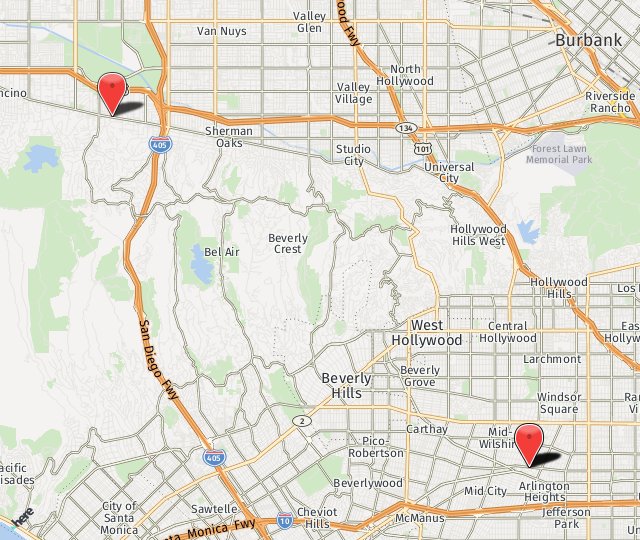Arthroscopy is a minimally invasive surgical technique that involves making several small incisions and inserting a fiber-optic device (arthroscope) and tiny surgical instruments to diagnose or treat certain conditions. Connected to a camera that displays images of the internal structure of the shoulder on a computer screen, the arthroscope allows the surgeon to precisely identify and target joint abnormalities. Orthopedic surgeons may perform a shoulder arthroscopy to diagnose and treat several different conditions of the shoulder. With this type of procedure, patients benefit from less tissue damage, shorter recovery times, less scarring and less post-operative pain than traditional open procedures. The use of this technique also avoids cutting any muscles or tendons in order to gain access to the affected area. Arthroscopy is an ideal treatment option for many patients suffering from shoulder conditions.
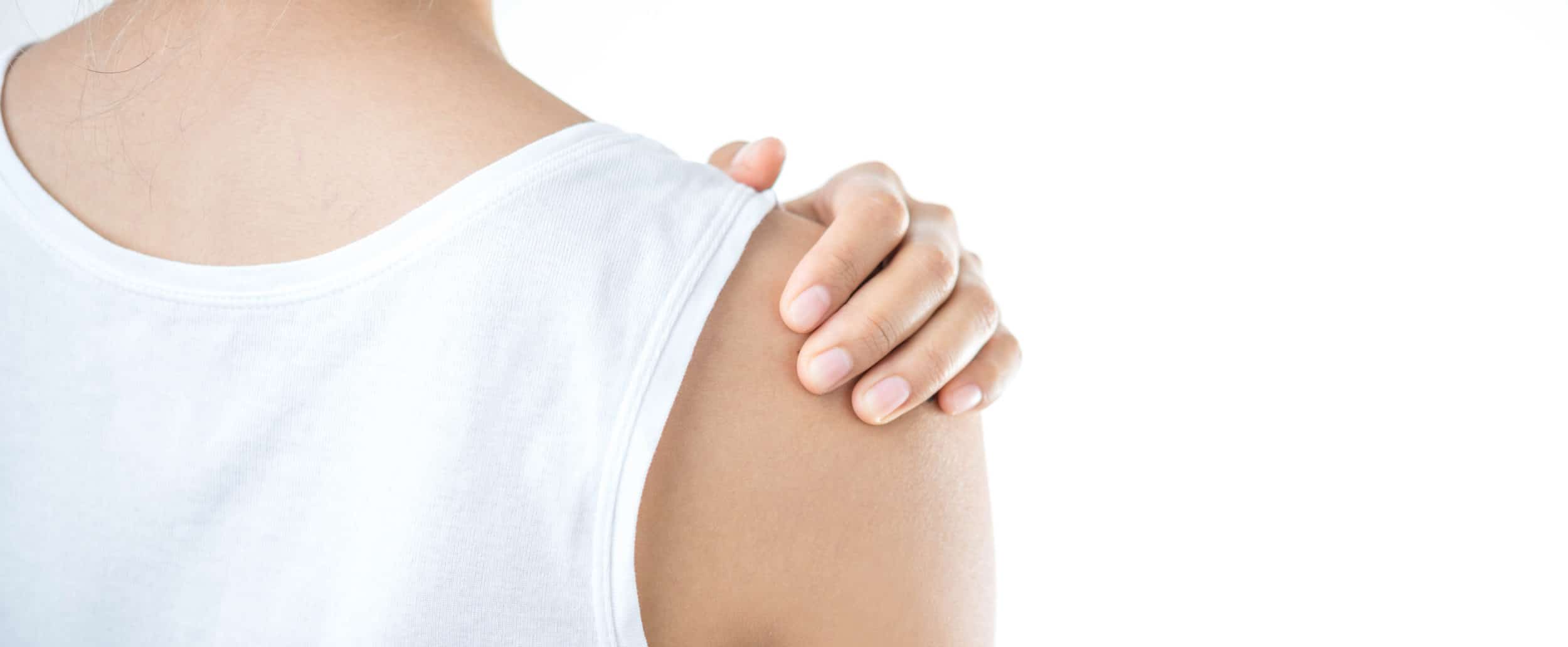
Anatomy of the Shoulder
The shoulder is made up of three bones: the humerus (upper arm bone), the scapula (shoulder bone) and the clavicle (collar bone). There are two joints where these bones connect: the acromioclavicular (AC) joint, where the collarbone attaches to the tip of the shoulder blade, and the glenohumeral joint, where the top of the arm bone connects to the shoulder blade. Osteoarthritis most commonly occurs in the AC joint.
When is shoulder arthroscopy used?
Dr. Dini may recommend shoulder arthroscopy if you have a painful condition that isn’t responding to more conservative treatments such as physical therapy. Since most shoulder problems are the result of injury, overuse, or age-related wear and tear, arthroscopy can be an effective way to address the problems with far easier recovery than full open surgery.
Beyond diagnosing the problem in the shoulder, Dr. Dini uses arthroscopy for these common procedures:
- Rotator cuff repair
- Removal or repair of the labrum
- Bone spur removal
- Repair of ligaments
- Removal of inflamed tissue or loose cartilage
- Repair for recurring shoulder dislocations
Check Out What Our Patients Are Saying...
"I accompanied my mother to see Dr. Dini for her shoulder injury. We did not even sit down in the waiting room and were placed in a room immediately upon signing in. She was seeing the doctor minutes before her appointment time. The doctor was charming and polite. We will revisit with him after my mother has imaging studies performed. Elli took care of all the paperwork. I am amazed at how efficient this group is. I look forward to coming back in January with her."
Shoulder Osteoarthritis
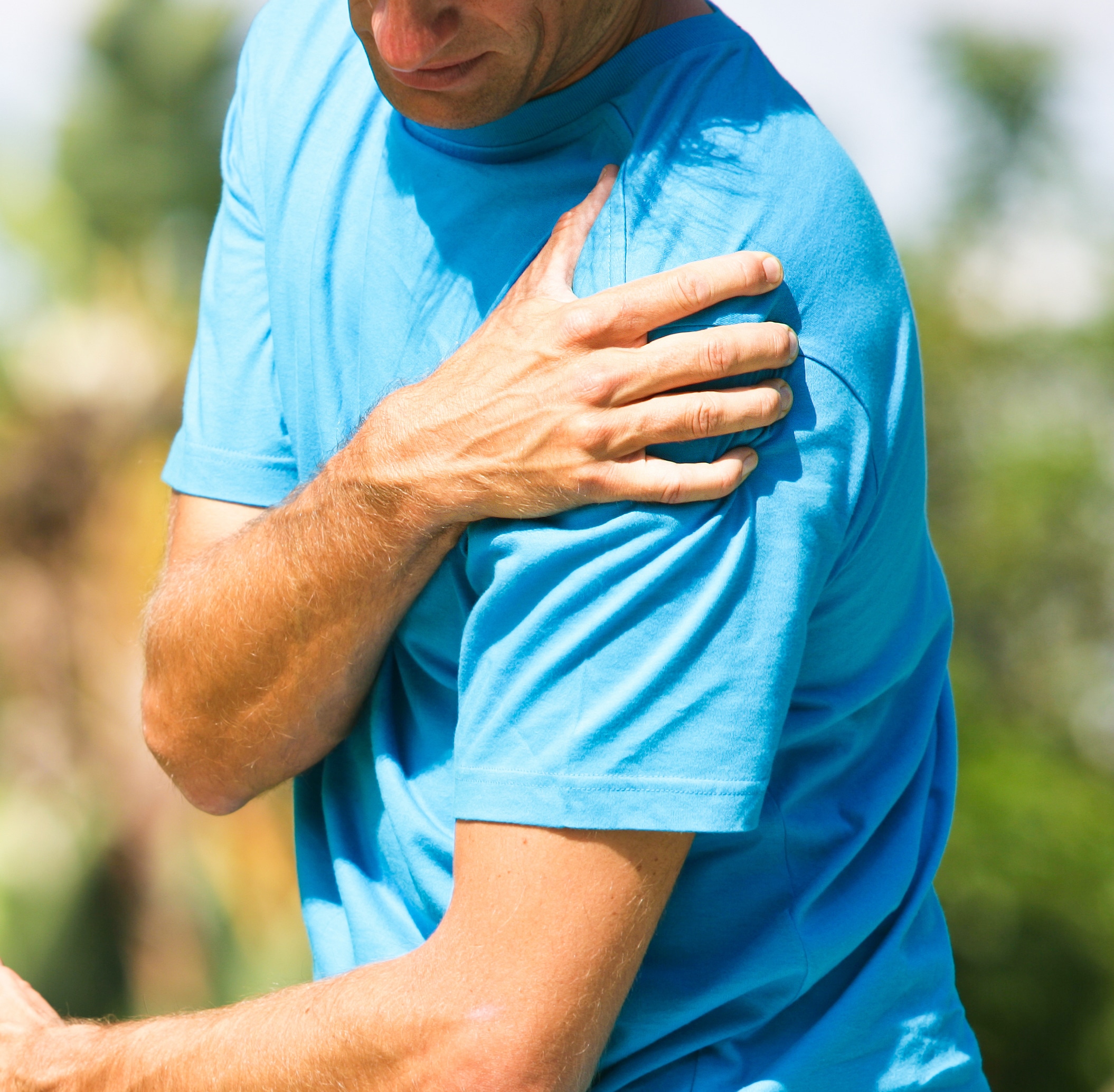
Shoulder osteoarthritis, also known as degenerative bone disease and commonly called arthritis, is a disorder in which cartilage, which acts as a protective cover for the bones, degenerates. Without cartilage to act as a buffer, the affected bones rub together and wear each other down, resulting in pain and swelling. Sometimes bone spurs, which are also painful and interfere with movement, develop from the friction created by the bones’ rubbing together. Other medical conditions, such as bursitis, an inflammation of fluid-filled sacs called bursae, or rheumatoid arthritis (RA), an autoimmune disorder, may present with symptoms similar to those of osteoarthritis.
Causes of Shoulder Osteoarthritis
There are two types of osteoarthritis of the shoulder: primary and secondary. They are differentiated by their causes.
Primary Shoulder Osteoarthritis
Primary osteoarthritis is the result of normal aging. Over the years, as stress is put on the joints, cartilage wears thin and sometimes even erodes completely, resulting in stiffness and pain. Primary osteoarthritis is much more common in certain families, and clearly has a genetic component.
Secondary Shoulder Osteoarthritis
Secondary osteoarthritis is the result of another issue or medical condition. Osteoarthritis of the shoulder can be caused or exacerbated by the following:
- Congenital abnormalities
- Obesity
- Gout
- Traumatic injury
- Repeated stress or trauma (as from playing sports)
- Autoimmune disease
- Alcoholism
- High-dose corticosteroid usage
- Repeated surgery to joints
- Endocrinological diseases
A serious type of secondary osteoarthritis of the shoulder, known as avascular necrosis, occurs when the blood supply to the humerus is interrupted. Avascular necrosis can cause the death (necrosis) of bone cells in the shoulder, which eventually results in osteoarthritis. In addition to occurring post-injury, avascular necrosis can be caused by alcoholism or heavy use of steroids.
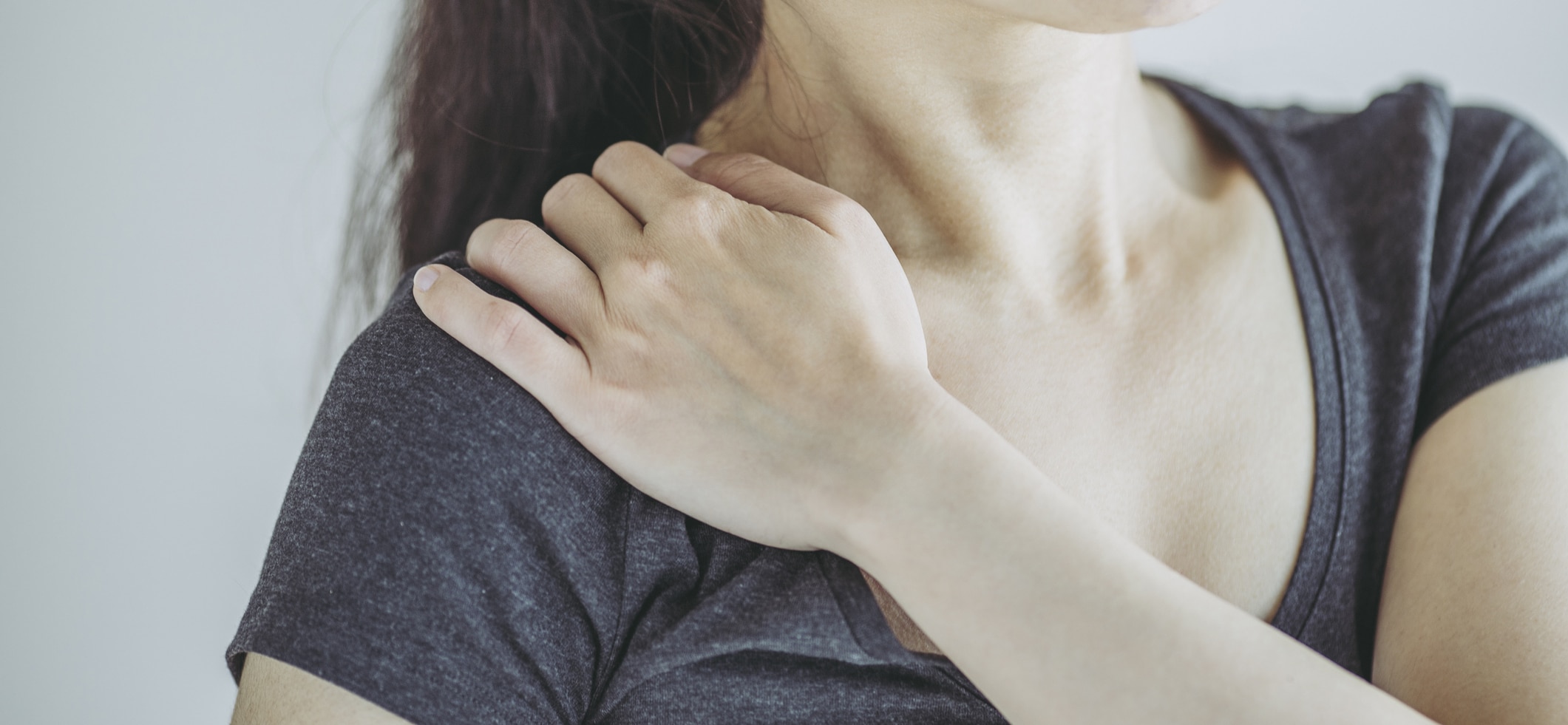
Symptoms of Shoulder Osteoarthritis
There are three major symptoms of osteoarthritis of the shoulder. They are the same symptoms common to osteoarthritis affecting other parts of the body.
Pain – The predominant symptom of osteoarthritis is pain that is aggravated by active or passive movement, and which becomes increasingly severe. As the osteoarthritis progresses, patients may experience pain intense enough that it interferes with sleep.
Limited Range Of Motion – When attempting to move the arm, whether during normal activity or a physical examination, a patient may be unable to reach, turn or stretch the arm to the usual extent.
Abnormal Joint Sound – The patient’s shoulder may produce a clicking, snapping or grinding sound called crepitus, which results from the bones at the affected joint making contact with one another.
Diagnosis of Shoulder Osteoarthritis
In order to diagnose osteoarthritis of the shoulder, a thorough physical examination is performed to evaluate pain level, muscle weakness, range of motion, and any possible involvement of other joints. A complete medical history that assesses family history and past injuries is taken. If the physical examination indicates shoulder osteoarthritis, other diagnostic tests may be performed, including:
- X-rays
- MRI scan
- Blood tests to screen for other diseases
- Analysis of fluid that lubricates the joint
Treatment of Shoulder Osteoarthritis
Although there is no known way to regenerate cartilage, several treatments are effective in reducing pain and increasing range of motion. They include altering daily activities to rest the shoulder joint; applying moist heat or ice; taking over-the-counter nonsteroidal anti-inflammatory drugs (NSAIDs); and engaging in prescribed physical therapy. Other medications may also be prescribed. Although the research is inconclusive, many patients say that taking the dietary supplements glucosamine and chondroitin is helpful in relieving symptoms of osteoarthritis of the shoulder.
The Shoulder Arthroscopy Procedure
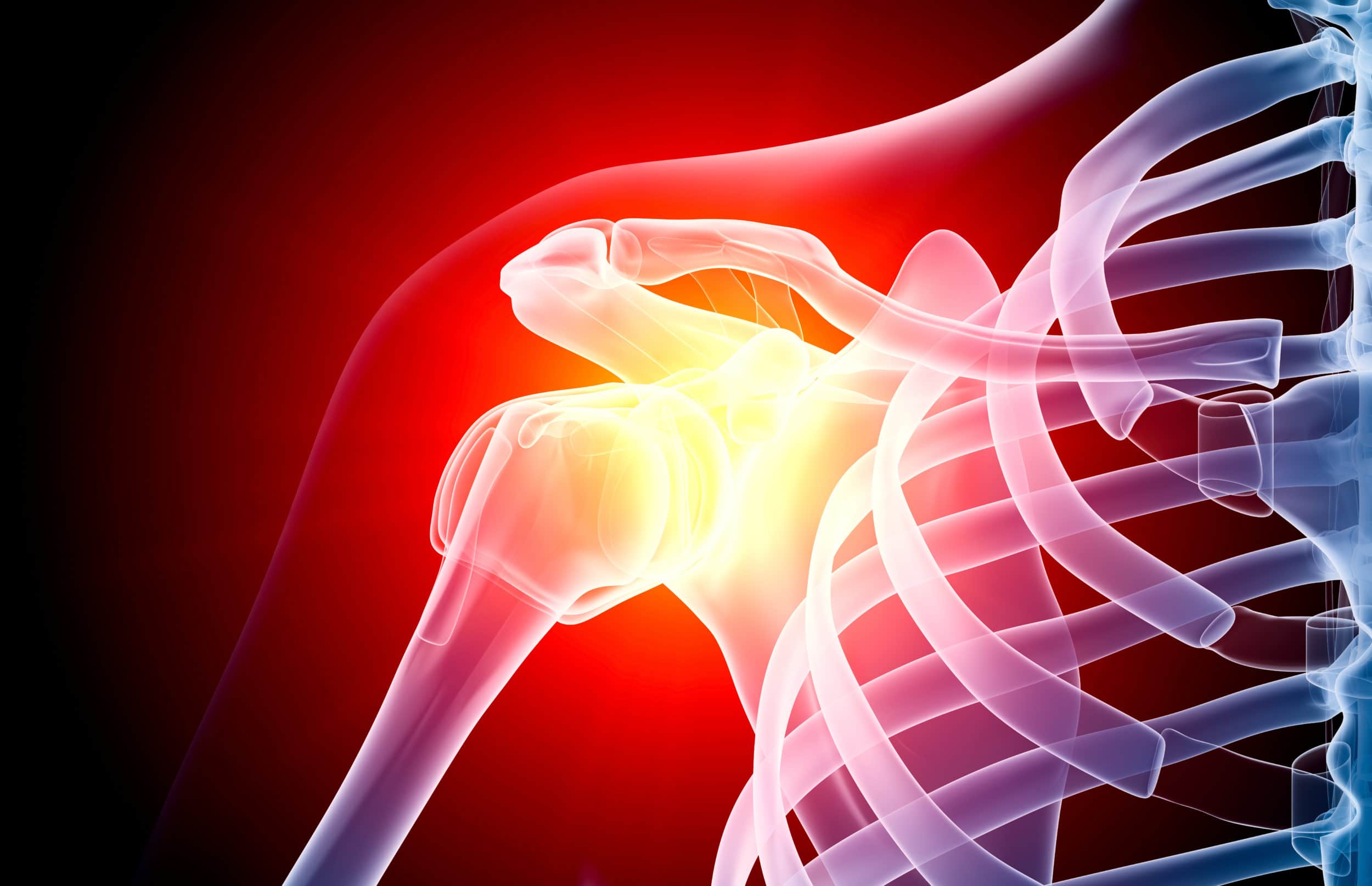
The shoulder arthroscopy procedure is performed while the patient is sedated under general anesthesia, and is usually performed on an outpatient basis. During the procedure, the surgeon will insert the arthroscope into a tiny incision in order to thoroughly examine the cartilage, bones, tendons and ligaments within the joint.
Any damaged areas may be repaired during the same procedure by making several other small incisions through which surgical instruments are inserted.
The type of repair performed will depend on the patient’s individual condition, but may include removing inflamed tissue, reattaching torn tissue or replacing damaged cartilage. Once the repair is completed, the incisions will be closed with stitches and a dressing will be applied to the area.
What happens after shoulder arthroscopy?
Dr. Dini performs most arthroscopy procedures as outpatient procedures, so you’ll return home afterward. Recovery times with arthroscopic methods are vastly shorter and easier than open surgery, but you will still need weeks for your shoulder to recover. You’ll have pain for about the first week, although more elaborate trimming or ligament repair could involve some degree of pain for a few weeks. The shoulder will need to be iced to minimize swelling and ease the pain. In most cases, you’ll receive pain medication (unless the scope was simply for diagnostic reasons).
You’ll likely be placed in a sling or other device that immobilizes your shoulder. Some patients will find it easier to sleep sitting in a reclining chair or propped up in bed, rather than lying flat, for about the first week after surgery.
Risks of Shoulder Arthroscopy
While arthroscopy is considered safer and less invasive than traditional surgery, there are risks associated with this procedure which may include:
- Bleeding
- Blood clots
- Shoulder stiffness
- Shoulder weakness
Nerve damage and infection are also possible complications associated with the shoulder arthroscopy procedure.
Questions? We’re Here to Help
Call our Los Angeles Office at 323-551-9826 or our Encino Office at 323-551-9826 to Set up an Appointment Today!
How long will my recovery be after shoulder arthroscopy?

Dr. Dini’s extensive experience with various sports teams plays a role in his developing excellent rehabilitation plans for you.
You may be able to perform all of the exercises on your own, or they may require a physical therapist. Again, this is unique to your procedure and situation. For the quickest, most effective end result, it’s imperative that you follow your instructions to the letter. Once the shoulder has fully healed, most patients experience restored function, pain relief, improved range of motion and improved stability of the shoulder.
Is there anything I need to do before my shoulder arthroscopy?
As with any surgery, you need to inform Dr. Dini of any prior medical problems and any medications or supplements you are taking. In most cases, shoulder arthroscopy is performed with regional nerve blocks that numb your shoulder and arm. These are injected into the base of your neck or high on your shoulder. We’ll discuss your anesthesia options and the procedure beforehand.
How long will my shoulder arthroscopy take?
The length of these procedures varies widely depending on the how complicated the necessary repairs. Shoulder arthroscopy takes from 1-2.5 hours in most cases.
Schedule a Consultation Today!
Contact us today to learn more about shoulder arthroscopy or any of our other services! Call 323-551-9826 for our Los Angeles office or 323-551-9826 for our Encino office. You can also fill out the Consultation Request Form below and our staff will help you set up your appointment. We look forward to serving you!


